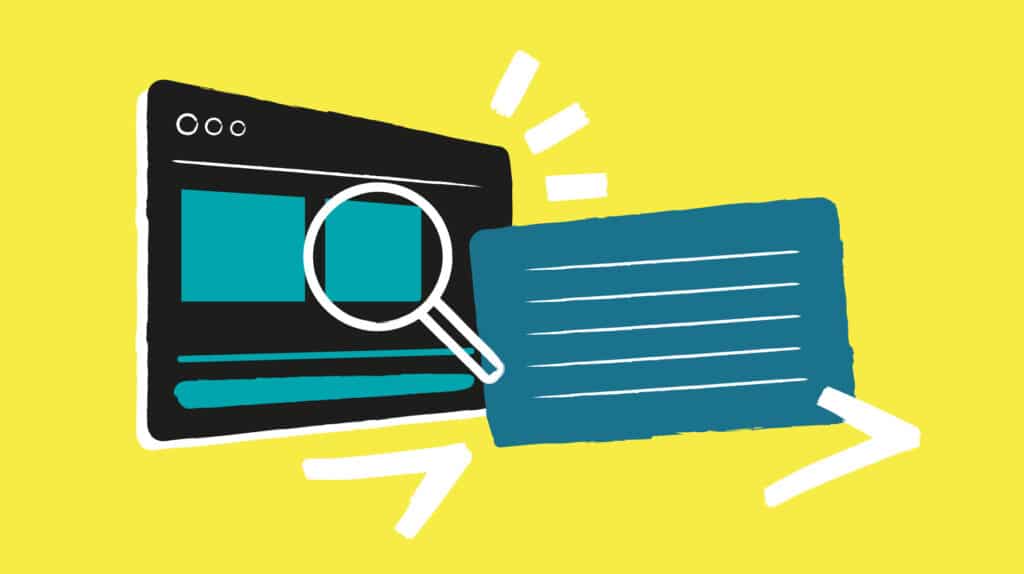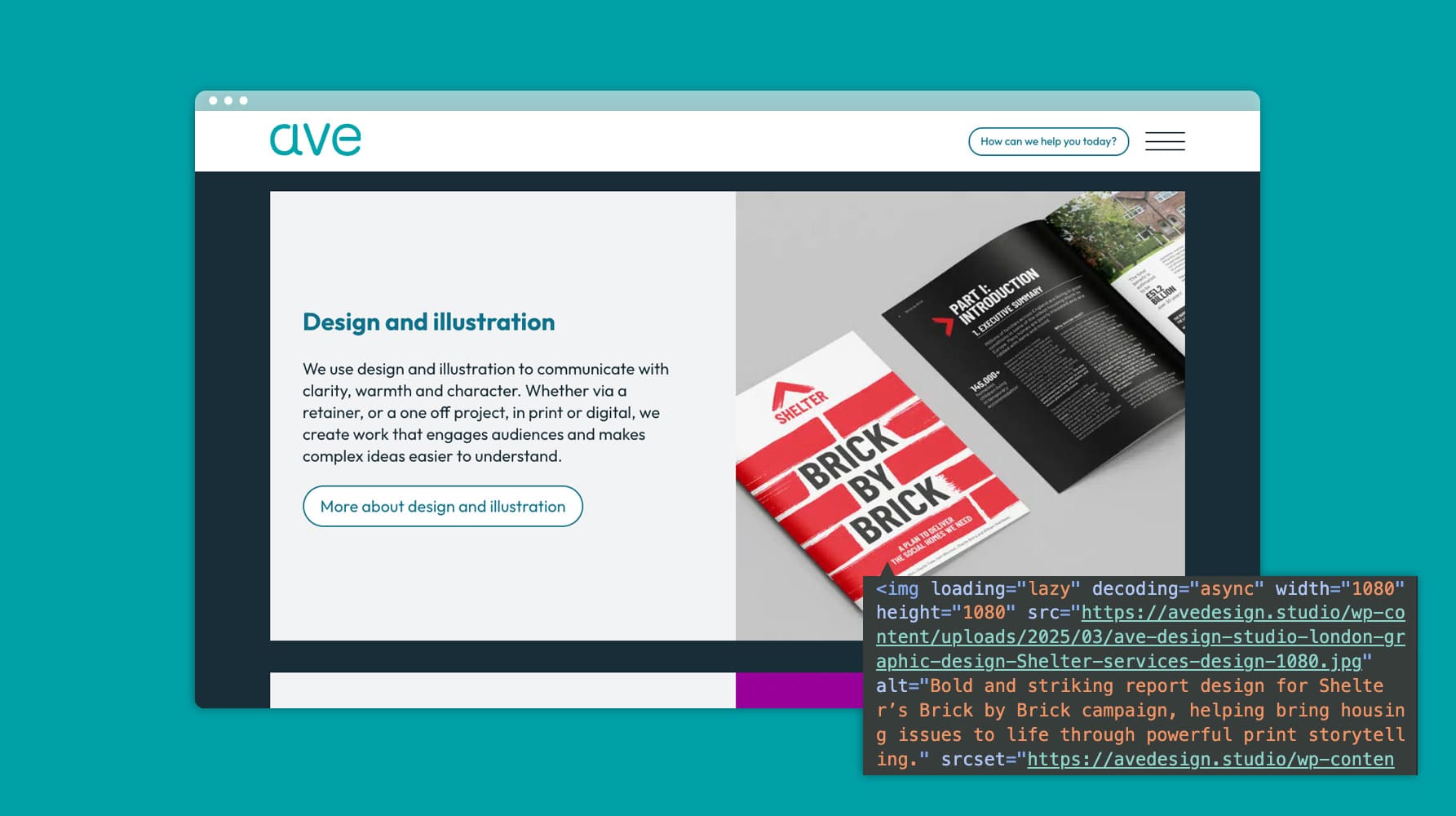Alt text (alternative text) is a short written description that explains what an image shows and, more importantly, what it means. It’s read aloud by screen readers and displayed if the image fails to load. For people using assistive technology, it’s the bridge between what’s visible and what’s understood.

Share this post
For charities, NHS Trusts and public organisations, good alt text isn’t just a technical requirement, it’s an act of inclusion. It ensures everyone can access the same information, regardless of ability or device. Alt text should describe the purpose of an image rather than its appearance. For example, ‘Two nurses discussing a patient’s care plan’ is more useful than ‘Two women talking in an office’. If an image contains meaningful text, for example, a quote graphic or an infographic, include that text in the alt description or in the surrounding copy. If an image is purely decorative, use empty quotes (alt=””) so that screen readers skip it.
Why does alt text matter?
- Inclusivity: people using screen readers rely on alt text to understand visual content. Without it, your message can literally disappear
- Compliance: Alt text is a WCAG requirement under the Equality Act 2010. Omitting it risks non-compliance
- SEO: well-written alt text improves discoverability in search results and image indexing
- Professionalism: including alt text demonstrates that accessibility is integral, not an afterthought.
Good alt text is concise, typically under 125 characters, and written in plain language. Avoid starting with ‘image of’ or ‘picture of’. Instead, explain what the image adds to the story or message. For logos, describe their function (‘Frimley Health NHS Foundation Trust logo – link to homepage’).
For complex visuals like charts or diagrams, provide a short summary as alt text (‘Bar chart showing steady year-on-year growth in donations’) and include a longer text description or data table elsewhere.
When you build a brand or website, it is important to create an alt text protocol, a small but powerful addition to your brand toolkit. Require that every image uploaded to your CMS has alt text, and train all content authors to understand why it matters. The goal isn’t just compliance; it’s equality of experience.

How to write effective Alt text
Describe the purpose, not the picture
Focus on what the image communicates. If the image reinforces a message, describe that message.
- Poor: A group of doctors standing in a corridor.
- Better: Medical team celebrating the opening of the new paediatric unit.
Be concise
Aim for one sentence, ideally under 125 characters. Screen readers often cut off longer descriptions.
Avoid redundancy
Don’t start with ‘image of’ or ‘picture showing’, screen readers already announce that it’s an image.
Mark decorative images correctly
If an image is purely decorative, use empty quotes (alt=””) so that assistive technology skips it.
Include context for functional images
If an image links somewhere or acts as a button, describe its function, not its content:
- Example: ‘Donate now’ for a donation button that includes an icon.
Describe complex visuals appropriately
For infographics or charts, include a short summary (‘Chart showing cancer survival rates increasing from 2015–2025’) and link to full text data. For diagrams or maps, provide a separate long description beneath or within the body text.
Embedding Alt text in you organisational processes
- Build alt text checks into every design or upload process.
- Train content editors and social media teams to write purposeful, consistent alt text.
- Include an Alt Text reference page in your brand guidelines.
- Make it part of quality assurance, the same way you’d check spelling or grammar.
Final thoughts
Good alt text doesn’t just improve accessibility. It strengthens your storytelling and demonstrates a brand that genuinely values every audience.
Got more questions? Get in touch with us — we’d love to hear from you.
Share this post
Does your brand work for everyone, everywhere?
If you’re not sure, then a brand and accessibility audit may be beneficial for your organisation.
